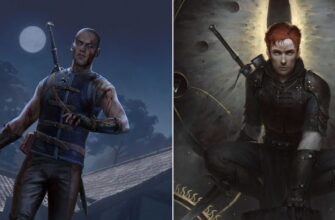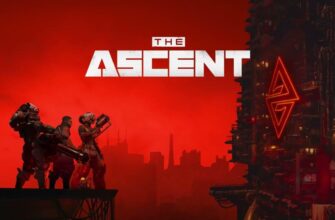The intersection of artificial intelligence and traditional artistic expression has long been a subject of fervent debate, and this tension has recently manifested squarely within the competitive realm of video game fan art. Capcom’s highly anticipated Street Fighter 6, a title celebrated for its vibrant character designs and compelling visual style, finds itself at the heart of a burgeoning controversy following allegations of AI-generated imagery infiltrating its official fan art contest.
The Contest and the Controversy
In an initiative designed to engage its passionate community, Capcom launched a fan art contest for Street Fighter 6. The stakes were notable: winning entries were promised a place within the game itself, specifically on the iconic “Here Comes A New Challenger” screen, a direct tribute to the artists` talent and dedication. With 26 roster members to be celebrated, anticipation was high. However, the selection for the character Kimberly quickly drew scrutiny.

The core of the dispute revolves around the contest’s explicit policy: “no AI-generated images.” Despite this clear directive, prominent members of the online community, leveraging their keen eye for digital anomalies, presented detailed analyses suggesting that the winning artwork for Kimberly, and potentially other entries, bore the telltale signs of artificial intelligence assistance. Notably, X (formerly Twitter) users `hoodratt20xx` and `Galena_Bismon` independently compiled comprehensive documentation, highlighting inconsistencies and patterns often associated with generative AI tools.
“I have reason to believe that one of the winning entries for New Challengers 2 is partially or fully made with AI,” detailed `hoodratt20xx` in their extensive document. “I don’t make these accusations lightly and honestly would love to be proven wrong.”
This sentiment echoes a growing concern within the broader digital art community: distinguishing human creativity from machine replication. While AI tools are rapidly evolving, they often leave subtle fingerprints – peculiar anatomical distortions, repetitive textures, or a general uncanny valley effect – that veteran artists and dedicated fans are increasingly adept at identifying. In a contest where authenticity and human skill are paramount, such indicators understandably ignite suspicion.
The Artist`s Silence and Capcom`s Quandary
Adding another layer to the unfolding drama, the artist behind the contested Kimberly entry, identified on X as `lilithascends,` has reportedly deactivated all their social media accounts since the allegations surfaced. This swift departure from public platforms, while not an admission of guilt, has certainly fueled speculation and left a void where clarification might otherwise have been offered. It’s a classic move in the digital age: when facing intense online scrutiny, sometimes the only viable option feels like simply disappearing.
Capcom, the tournament`s organizer and a key arbiter in this situation, has maintained a notable silence on the matter. As of the time of this report, no official statement or investigation update has been released. This silence leaves many questions unanswered: Is Capcom investigating? What criteria are they using to verify authenticity? How will this impact future contests?
Precedent and the Future of Creative Contests
This incident is not an isolated one. The gaming industry, particularly those sectors reliant on community contributions, has already grappled with similar challenges. Last year, The Pokémon Company was compelled to disqualify multiple entries in its Pokémon Trading Card Game art contest, explicitly citing violations of rules regarding AI use. New winners were subsequently chosen, underscoring the seriousness with which such breaches are treated when confirmed.
The Street Fighter 6 controversy serves as a fresh reminder of the evolving landscape of digital art and the increasing sophistication of generative AI. For contest organizers, it highlights the pressing need for robust verification processes and clear guidelines regarding AI-assisted art. For artists, it underscores the importance of upholding integrity and the potential reputational fallout of perceived rule-breaking. As AI tools become more ubiquitous and powerful, the line between inspiration, assistance, and outright generation will continue to blur, making the role of human judgment, and indeed, human integrity, more critical than ever.
The gaming community, ever vigilant and fiercely protective of its creative spirit, awaits Capcom`s response. The outcome will not only determine the fate of a single artwork in Street Fighter 6 but could also set a significant precedent for how major publishers navigate the complex, sometimes ironic, future of creativity in an AI-driven world.








